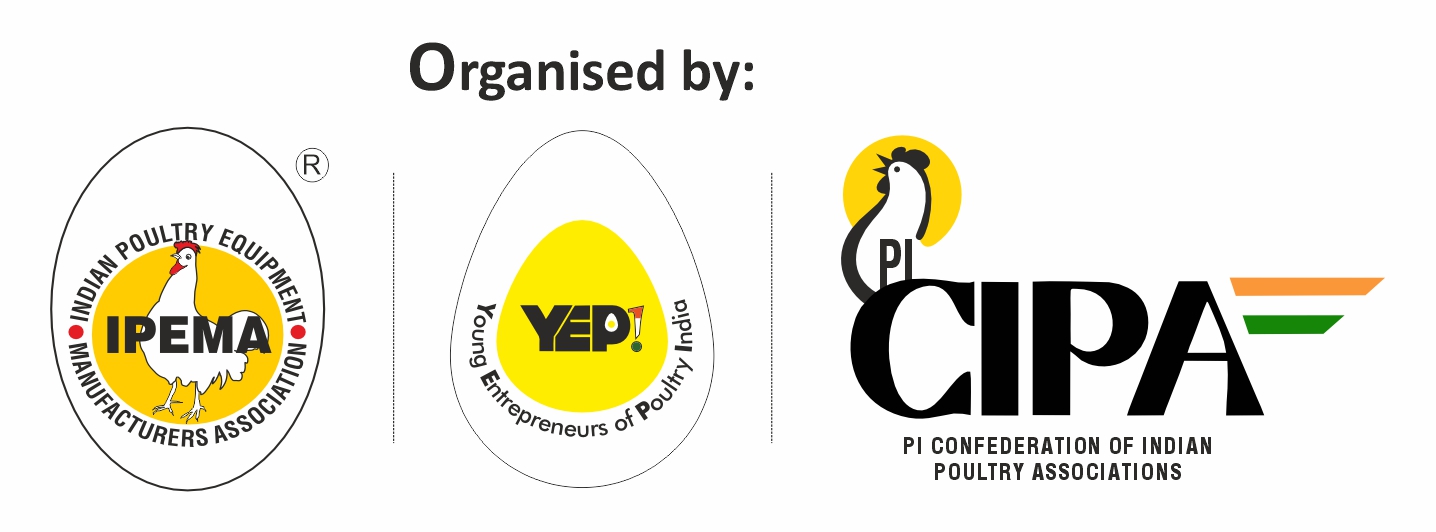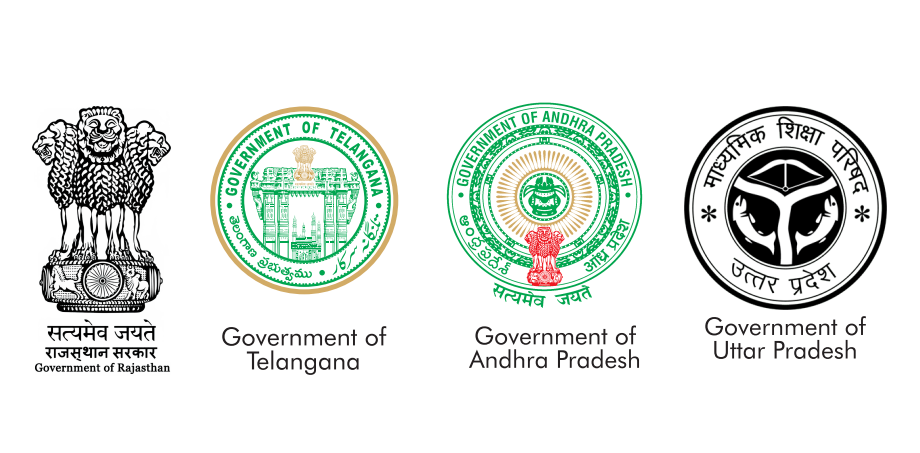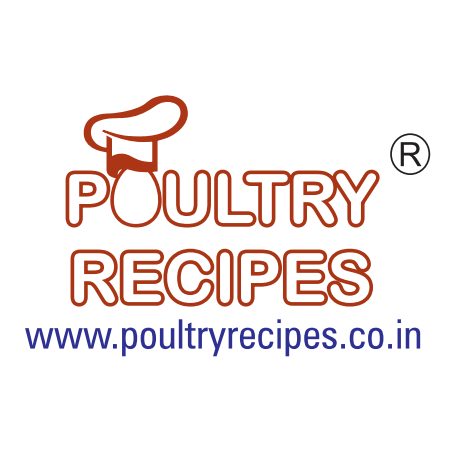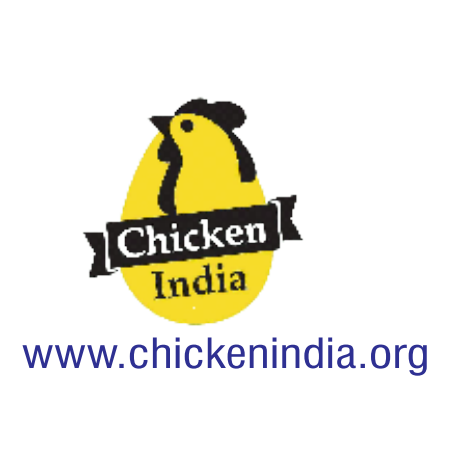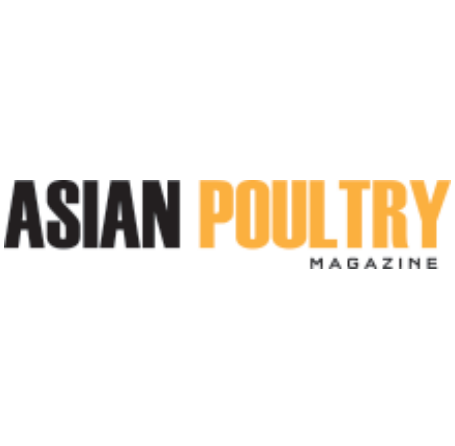Mitigating Heat Stress: Challenges and Solutions in Poultry Farming
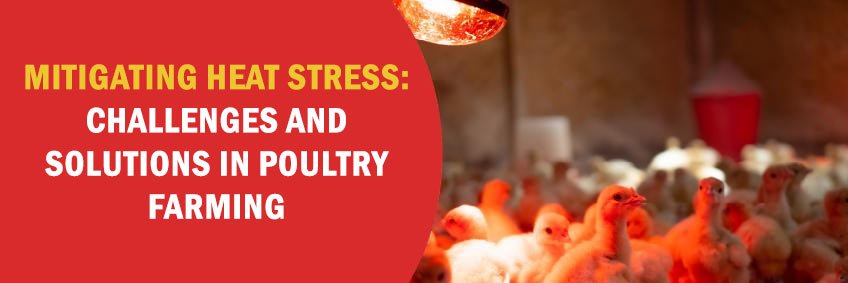
Understanding Heat Stress: Heat stress occurs when poultry birds struggle to release excess body heat, leading to strain and decreased performance. Broilers and layers are especially vulnerable due to their limited ability to regulate temperature. When temperatures exceed the birds' comfort levels, they breathe faster, eat less, lay fewer eggs, and may even face mortality.
Impact on Poultry Production: Heat stress has various negative effects on poultry production. High temperatures reduce feed consumption and nutrient absorption, disrupt hormone levels, and affect reproductive performance and egg quality. Broilers may gain less weight, produce lower-quality meat, and face higher mortality rates, affecting farmers' profits.
Summer Management Strategies: To mitigate the impact of heat stress during summer, poultry farmers can adopt various strategies:
Proper Ventilation: Ensuring adequate airflow in poultry houses is crucial for maintaining optimal temperatures and air quality. Natural ventilation, along with fans and misting systems, helps dissipate heat and humidity effectively.
Adequate Water Supply: Providing clean, cool water is vital to prevent dehydration and heat-related health issues. Farmers should monitor water quality and availability and consider installing additional water sources or cooling systems.
Nutritional Management: Adjusting feed compositions to meet birds' heightened nutrient needs in hot weather helps counteract heat stress. Feeding during cooler times of day and offering nutrient-rich diets with electrolyte supplements support bird health and performance.
Shade and Cooling Measures: Providing shaded areas and installing sprinkler systems or evaporative cooling pads offer relief from direct sunlight and lower ambient temperatures.
Monitoring and Early Detection: Regularly monitoring bird behavior, temperature, and performance helps identify signs of heat stress early. Implementing heat stress management protocols and seeking veterinary guidance as needed minimizes losses and ensures flock welfare.
The challenges posed by heat stress in Indian poultry farming are complex, impacting production, supplies, and pricing dynamics. Collaborative efforts among poultry industry stakeholders are essential for developing sustainable solutions that safeguard flock welfare and supply chain stability. By prioritizing heat stress management and resilience-building initiatives, Indian poultry farmers can adapt to climate fluctuations and meet the increasing demand for poultry products sustainably.
Poultry thrive in temperatures ranging from 21 to 25°C, known as the thermo-neutral zone. However, when temperatures soar above 35°C, poultry face heat stress, leading to significant changes in their bodies. Unlike many animals, chickens lack sweat glands, so they resort to various methods to cope with excess heat.
Radiation: Heat dissipates from the bird's body to cooler surfaces like air, aiding in cooling without the need for a medium.
Conduction: Heat-stressed birds seek coolness by touching water pipes or digging into litter to find a cool floor.
Convection: Moving air over birds proves to be the most effective way to combat heat stress. If air isn't circulated swiftly enough, heat accumulates around the birds, intensifying stress.
During high temperatures, birds alter their behavior and bodily functions to regulate temperature, resulting in reduced feed intake and increased water consumption. This can lead to loose droppings and urine volume, creating a favorable environment for coccidian spores. The decrease in blood flow to the digestive tract can cause immunosuppression and dysbacteriosis, leading to diseases like coccidiosis and necrotic enteritis.
Heat stress also triggers hyperventilation or panting, which increases carbon dioxide levels in the blood and makes birds more susceptible to respiratory issues. Additionally, rapid panting leads to oxidative stress, making birds more vulnerable to infections like mycoplasmosis.
To manage heat stress effectively, poultry farmers can take several steps:
- Hang wet gunny bags for cooling.
- Utilize evaporative cooling methods, such as sprinklers, during temperatures exceeding 40-41°C.
- Reduce bird density to provide more floor space and allow heat to dissipate.
- Ensure proper ventilation to remove moisture and bring in fresh air. In terms of nutrition, feed should be made more concentrated to compensate for reduced feed intake.
- Providing cold water during the day encourages drinking, while increasing fat levels in feed boosts energy levels. Adjusting protein levels and supplementing with vitamins like C and E can help manage heat stress and prevent deficiencies.







